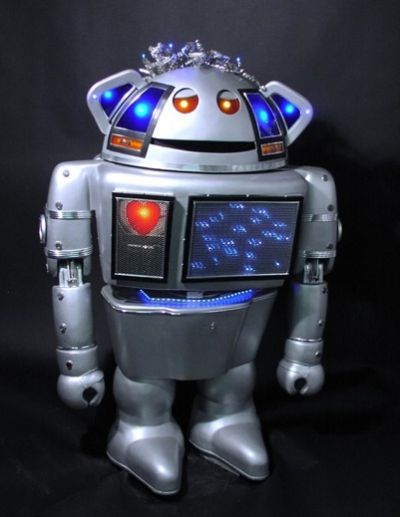
EU-funded researchers are demonstrating revolutionary robotic techniques inspired by plants, featuring a 3D-printed ‘trunk’, ‘leaves’ that sense the environment and ‘roots’ that grow and change direction.
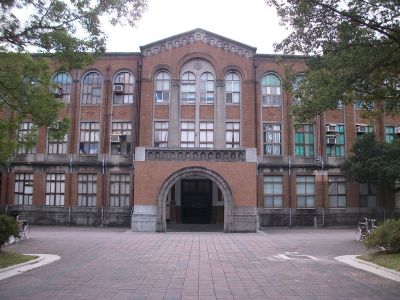
Europe’s historic buildings draw visitors from all over the world. But keeping them energy-efficient without having to carry out significant construction work can be a struggle. The EU-funded project SEEMPUBS plans on using a new ICT-based monitoring, visualisation and control system to reduce these buildings’ energy consumption, cope with the already-installed energy systems and avoid possible damages caused by important building interventions.

Did you ever see pollution level indicators displayed in big European cities? The EXPOSOMICS project is looking to make them obsolete. Not only will their technology determine the exact impact of pollutant exposure on our health, but it could eventually land in your pocket - as a smartphone app.
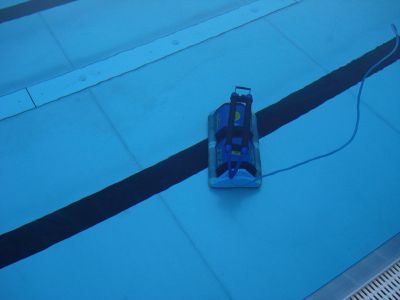
It is where we all came from and it is vital to our future, but the earth’s oceans, seas and waterways remain a mystery to us – a final frontier. The Sunrise project is at the forefront of a revolution in communications, creating an underwater ‘internet of things’, that will mobilise robots to work in groups, interacting together and passing back information to us on life underwater.
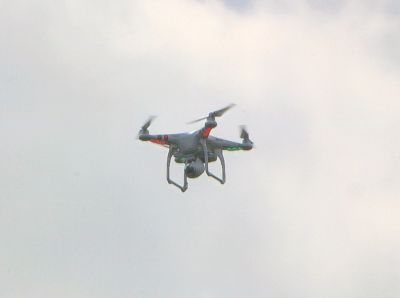
There are many situations where it’s impossible, complicated or too time-consuming for humans to enter and carry out operations. Think of contaminated areas following a nuclear accident, or the need to erect structures such as antennae on mountain tops. These are examples of where flying robots could be used.
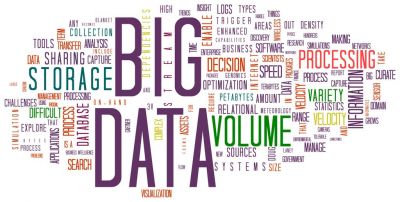
In a society that has to understand increasingly big and complex datasets, EU researchers are turning to the subconscious for help in unraveling the deluge of information.

In its Communication on the data-driven economy , the European Commission outlines a raft of measures aimed at helping SMEs exploit Big Data to win new commercial opportunities.
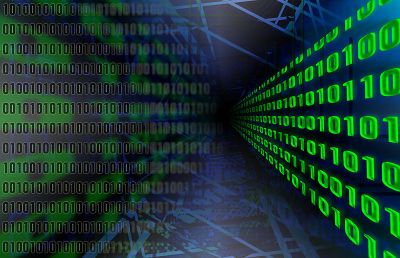
Forget the monopoly of in vitro, the study of biology in test tubes. The real cutting edge of medical science is in silico, and European researchers have just achieved a world first in the field.
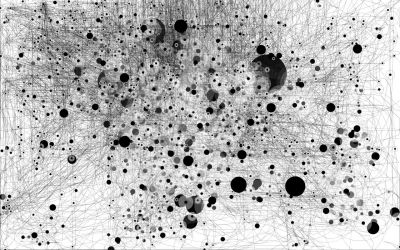
The future of computing is based on Big Data. The vast collections of information available on the web and in the cloud could help prevent the next financial crisis, or even tell you exactly when your bus is due. The key lies in giving everything – whether it's a person, business or product – a unique identifier.
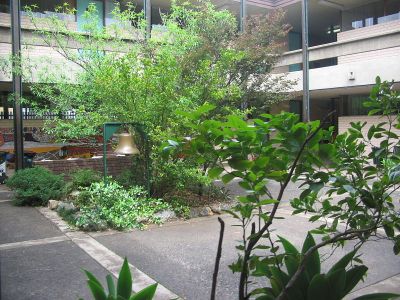
We tend to think of plants as being the first victims of pollution and climate change. But thanks to an FP7 research project, crops, forests and even the plants in your back garden could be fighting back.
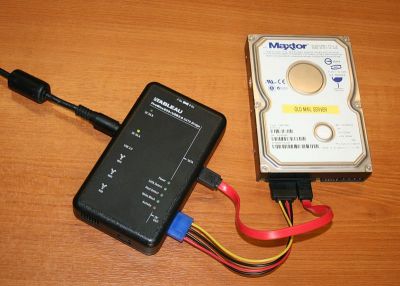
Online identification and authentication keeps transactions secure on the Internet, however this has also implications for your privacy. Disclosing more personal information than needed online when, say, you log in to your bank website may simplify the bank’s security at the cost of your privacy. Now, thanks to research by the EU-funded project Attribute-based Credentials for Trust ABC4Trust , there is a new approach that keeps systems secure and protects your identity.
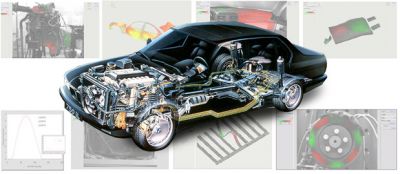
We’ve all dreaded the moment, as we’re driving along, when the car starts to shake or rumble for no apparent reason. Or wondered nervously at the shuddering of an aeroplane as it takes off or lands. But what causes such vibrations? An EU-funded project to develop sensor systems that collect vibration information is yielding potentially game-changing results.
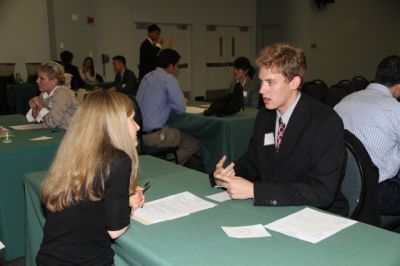
Nearly a quarter of Europe’s adults under 25 are not in education, employment or training. These so-called NEETs are struggling to get on the first step of the employment ladder in this harsh economic climate. Young adults say that they need more confidence to get through job interviews but, with opportunities so scarce, they often go into interviews feeling nervous and underprepared. Now an EU-funded research project that uses virtual reality is helping to change that.
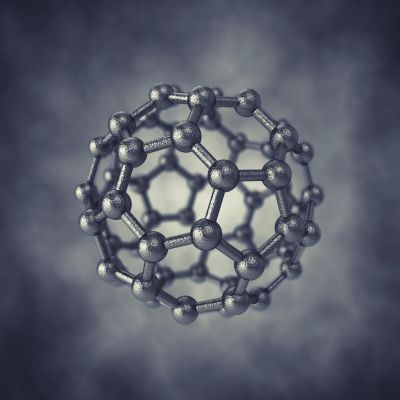
You might think that such a new 'wonder material' would lie outside your everyday experience, but graphene is the exception. When you write or draw with a pencil, the graphite (the 'lead' of the pencil) slides off in thin layers to leave a trail - the line on the paper. Carbon's ability to form a thin layer of molecules is what makes graphene special - and scientists are starting to explore the possibilities for electronics and computing of carbon grids that are just one molecule thick.
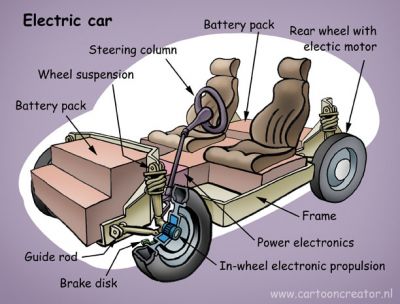
For decades, futurists have been predicting that the use of electric vehicles (EVs) will overtake conventional vehicles, providing clean, green and cheap transport for all. Although increasing numbers of electric vehicles are being sold in Europe, the internal combustion engine still remains king of the road. EU-funded researchers are trying to change that, developing technology that promises to significantly improve the range and efficiency of EVs without compromising comfort or safety.
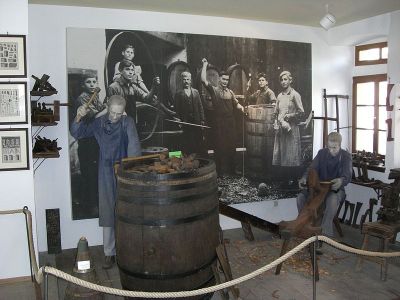
Stories are an integral part of our lives. From bedside tales as a child to a good book, film or a chat with friends, stories help define our social activities, culture and history. A team of EU-funded researchers are exploiting the power of good storytelling to engage museum visitors, helping people delve deeper and gain a clearer understanding of everything from history to science.

Text, illustrations, paintings and - more recently - photographs, video and audio recordings, much of them now digitised, recount many aspects of European history, from major international events to personal stories. Now, new technology is being brought to bear on these treasure troves of historical information, thanks to EU-funded researchers whose work promises to shed new light on the past.
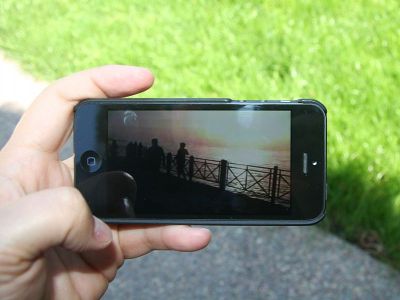
Ever been to a rock concert and wished you could experience it again, just as it was… or better? This may be possible soon thanks to an EU-funded research project, SCENENET , which is developing the technology to combine mobile feeds from different spectators around the arena to reconstruct the event in 3D.
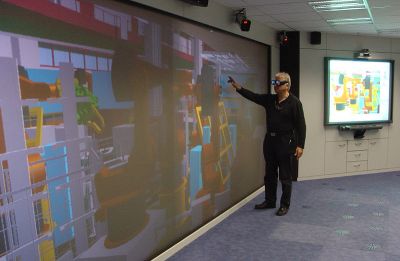
Have you ever wished you had a virtual time machine that could show you how your street looked last century? Or have you wanted to see how your new furniture might look, before you’ve even bought it? Thanks to VENTURI, an EU research project, you can now do just that.
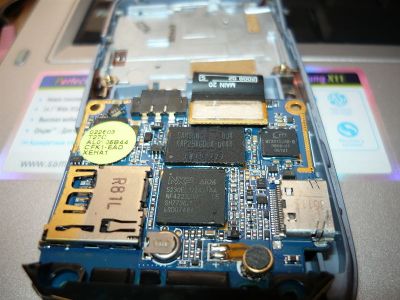
Computers have been doubling in performance every two years for the last forty years but we are reaching the physical limits of what we can achieve with current semiconductor technology. An EU initiative for High Performance Computing (HPC) is looking to shake up the way in which computer processors are designed and made. The good news is that computers with higher performance will also lead to less power consumption; a win for computing and a win for the environment.
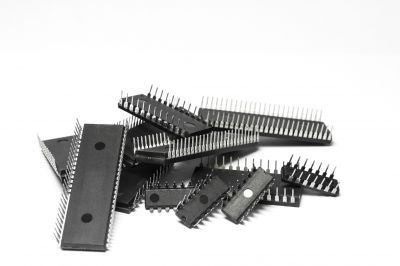
Moore's Law - which holds that the number of transistors on an integrated circuit, and hence its processing power, doubles every 18 months - has been the guiding principal of chip design for almost half a century. But with physical limitations to further transistor scaling being reached, Moore's Law may have met its match. We are entering a 'More than Moore' world in which EU-funded researchers are playing an important role.
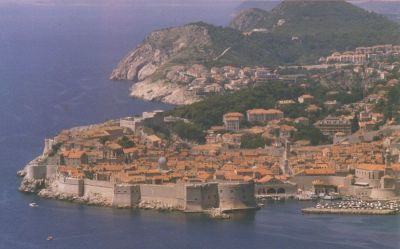
The newest member of the European Union is already a player in European research. Croatia does well in R&D, with a respectably high participation rate in the European research Framework Programmes, given its size and non-EU status at the time. In 'information and communication technologies' (ICT), it is already at the forefront - participating in pioneering projects in robotics and intelligent transport infrastructure.

Lifelong learning has emerged as an essential ingredient for success in our knowledge-intensive society. For many people, this is synonymous with short or post-graduate courses. But a new approach by European researchers proves that learning can and should be an integral part of working life.
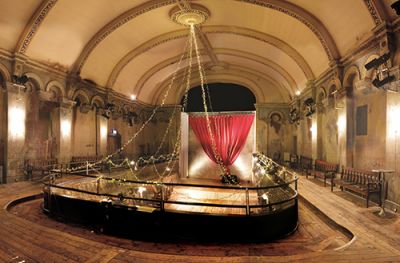
Have you ever seen an engineer conducting an imaginary orchestra? We think of scientists working in a lab, but Professor Tapio Lokki, of the Aalto University School of Science in Finland, has spent the last few years visiting concert halls and making meticulous measurements of their characteristics. 'Karaoke' is Japanese for 'empty orchestra' – and in some ways that is what he has created to help his studies. The research could lead to improved building designs and a form of audio 'Augmented Reality' (AR).

Book a flight online, perform an internet banking transaction or make an appointment with your doctor and, in the not-too-distant future, the 'Internet of Services' (IoS) will come into play. A paradigm shift in the way ICT systems and applications are designed, implemented, deployed and consumed, IoS promises many opportunities but also throws up big challenges - not least ensuring security and privacy, issues currently being tackled by EU-funded researchers.
























